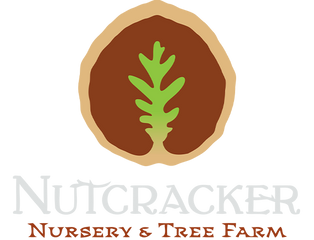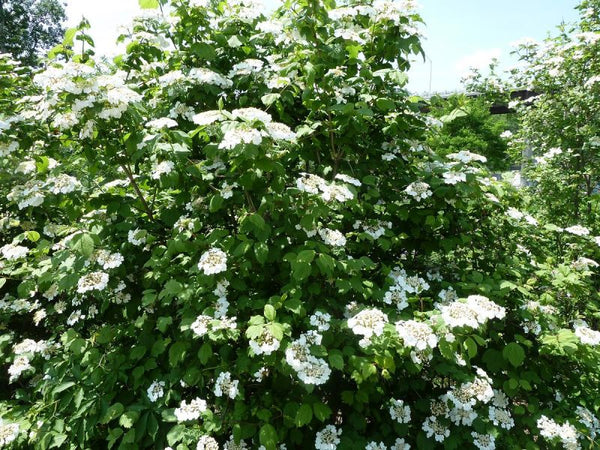Highbush Cranberry (viburnum trilobum)
Shipping calculated at checkout
69 in stock
Need more? Contact us
The three-lobed viburnum (Viburnum trilobum) is a species of viburnum native to North America. It is found from New Brunswick to British Columbia. This shrub is hardy up to zone 2b. This shrub is found in thickets in humid areas such as coastlines, marshes and forest edges. The three-lobed viburnum is distinguished by its red fruits (pimbina) as well as its three-lobed leaves. Three-lobed viburnum is a medium deciduous shrub. Its size is 2 to 4 meters and its width can exceed 3 meters in width depending on the conditions in place. The stems are gray and tender with broadly arching ends. These leaves are simple, opposite, trilobed in shape and 5 to 10 cm long. During the summer, the leaves are dark green then change to red hues in the fall. The petiole is grooved and has a gland near the base. The flowers appear in early June as a flattened corymb composed of two different types of flowers. The fruit is a round, shiny red drupe that contains a flat, white core.
The three-lobed viburnum begins to produce these fruits when it reaches maturity at 5 years old. The fruit remains on the shrub during the winter season and becomes sweeter. It is therefore an interesting food source for wildlife. The fruit of the three-lobed viburnum (Pimbina) is edible, resembling the taste of cranberry. It can be eaten directly from the shrub, but many prefer it in jellies or sauces. The fruit is safe, acidic and is rich in vitamin C. The picking is normally done in autumn after the temperature drops below zero, which lowers the pectin content of the fruit and at the same time makes it more tender.
Hardiness Zones
Flowering period
Number of years for production
5 years



